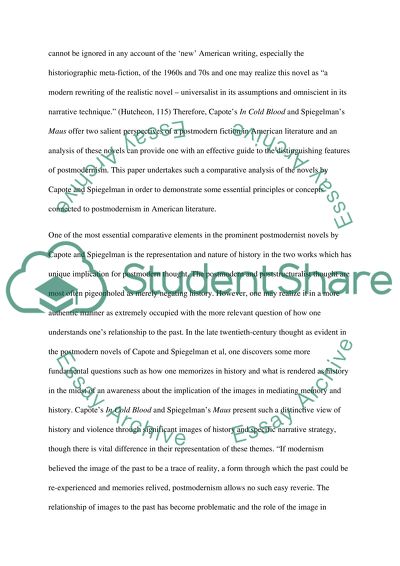Cite this document
(“Postmodernism in American literature Book Report/Review”, n.d.)
Retrieved de https://studentshare.org/miscellaneous/1512720-postmodernism-in-american-literature
Retrieved de https://studentshare.org/miscellaneous/1512720-postmodernism-in-american-literature
(Postmodernism in American Literature Book Report/Review)
https://studentshare.org/miscellaneous/1512720-postmodernism-in-american-literature.
https://studentshare.org/miscellaneous/1512720-postmodernism-in-american-literature.
“Postmodernism in American Literature Book Report/Review”, n.d. https://studentshare.org/miscellaneous/1512720-postmodernism-in-american-literature.


